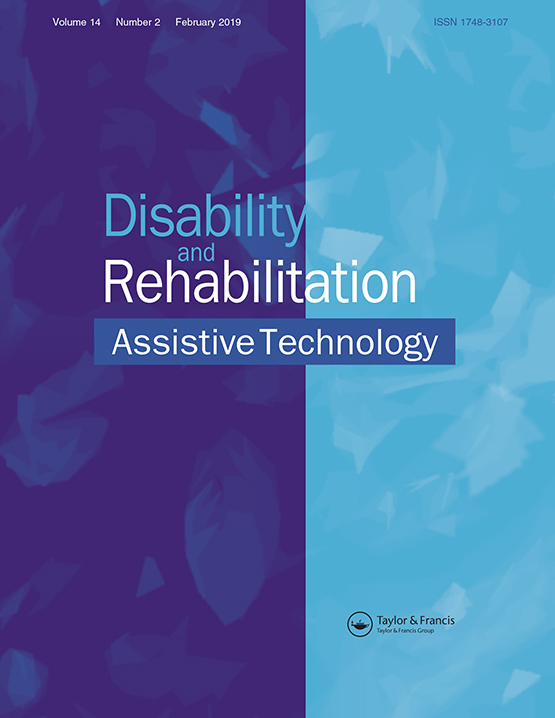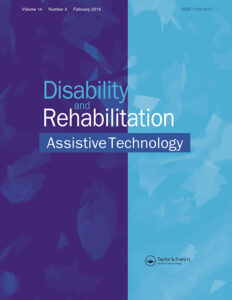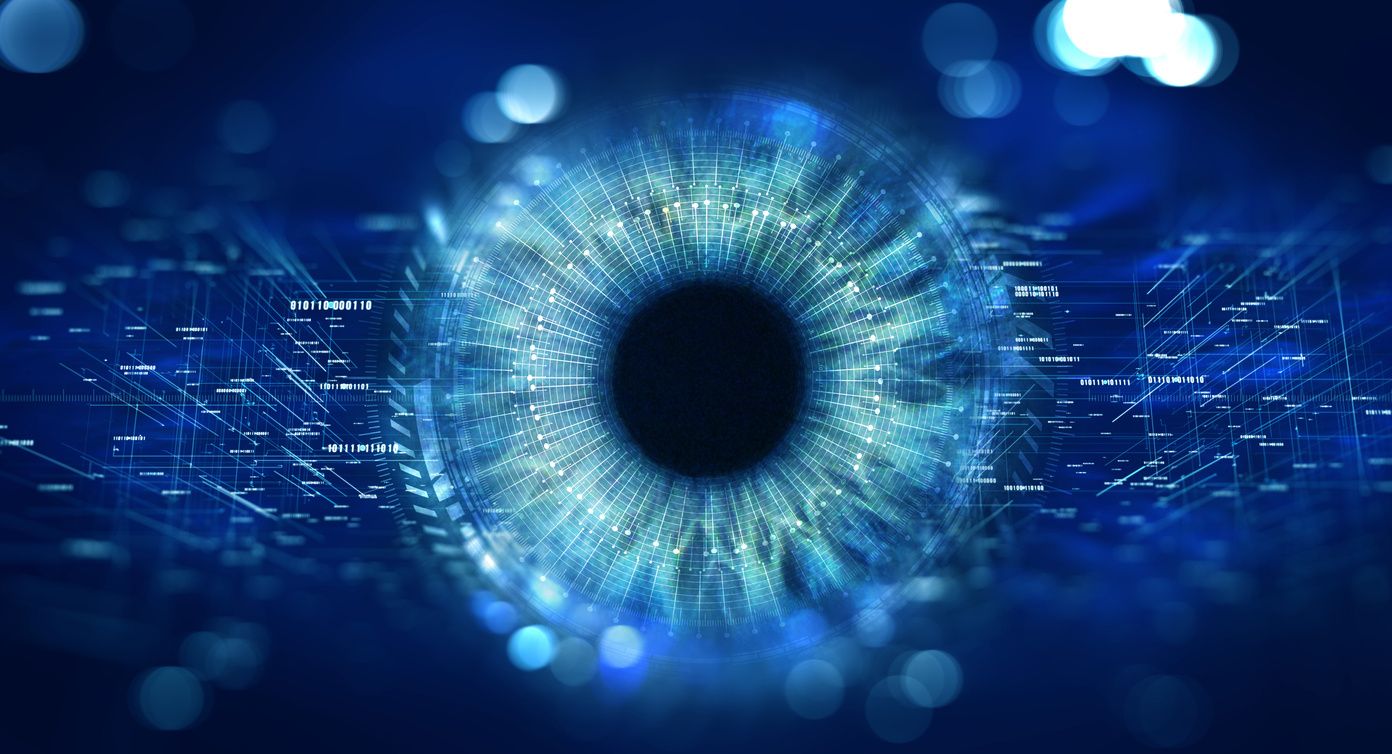#NPsychPick of the Month: Use of smartphones and tablets after acquired brain injury to support cognition. Disabil. Rehabil.: Assist. Technol. April 2023
NPsych Pick of the Month: April 2023
Use of smartphones and tablets after acquired brain injury to support cognition
Journal: Disability and Rehabilitation: Assistive Technology, 2023
Abstract
Objectives
To describe the use of mobile devices after acquired brain injury (ABI), from the perspectives of injured individuals and significant others, and to examine factors associated with mobile device use for cognition.
Methods
Cross-sectional study with 50 adults with moderate/severe traumatic brain injury or stroke (42% women; mean of 50.7 years old, 4.6 years post-ABI), and 24 significant others. Participants completed questionnaires on mobile technology, cognitive functioning and the impact of technology.
Results
Of 45/50 adults with ABI who owned a smartphone/tablet, 31% reported difficulties in using their device post-injury, 44% had received support, and 46% were interested in further training. Significant others reported motor/visual impairments and the fear of becoming dependent on technology as barriers for mobile device use, and 65% mentioned that their injured relative needed additional support. Mobile device use for cognition was common (64%), predicted in a regression model by lower subjective memory and more positive perception of the psychosocial impacts of technology, and also associated in univariate analyses with younger age, lower executive functioning, and greater use of memory strategies.
Conclusion
Using mobile devices for cognition is common post-ABI but remains challenging for a significant proportion. Developing training approaches may help supporting technology use.
-
IMPLICATIONS FOR REHABILITATION
-
Using mobile electronic devices (smartphones and tablets) is common after acquired brain injury (ABI) but is challenging for a significant proportion of individuals.
-
After the ABI, close to 50% of individuals receive support in using their mobile device, mostly from family members and friends, but rarely from rehabilitation clinicians or technology specialists.
-
In a sample of 50 adults with ABI, more frequent use of mobile devices to support cognition was associated with poorer subjective memory and executive functioning, greater use of memory strategies, more positive perception of the psychosocial impacts of technology, and younger age.





